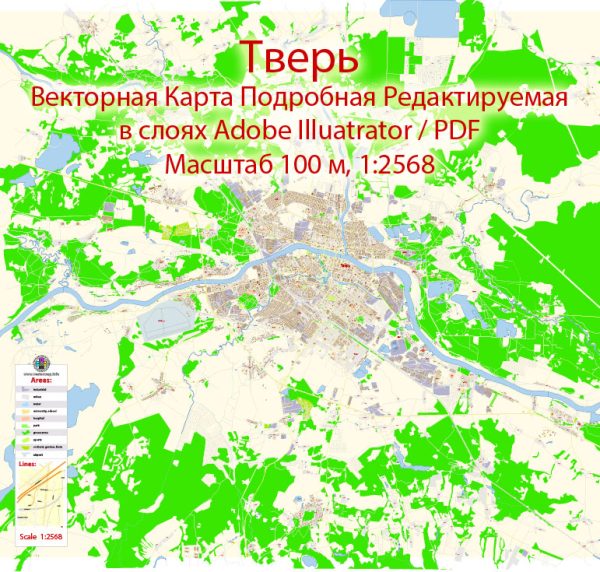Tver, one of the oldest cities in Russia, has a rich history that spans over eight centuries. Here is an overview of Tver’s history of urban development:
- Early History (12th-13th centuries): Tver’s history dates back to the 12th century when it was founded as a part of the Principality of Vladimir-Suzdal. It gained importance as a trading post due to its strategic location along the Volga River.
- Mongol Rule and Rise to Prominence (13th-15th centuries): Tver, like many other Russian principalities, experienced Mongol rule in the 13th century. However, it later emerged as a powerful principality in its own right. During the 14th and 15th centuries, Tver became a significant political and cultural center, challenging the influence of Moscow.
- Ivan the Terrible and Troubled Times (16th century): The city’s fortunes changed in the 16th century. Ivan the Terrible’s reign saw the destruction of Tver in 1569 as a punishment for resisting Moscow’s authority. The city went through a period of decline and was incorporated into the Grand Duchy of Moscow.
- Imperial Period (17th-19th centuries): Tver gradually recovered and became a regional administrative center. The city’s architecture began to reflect the trends of the Russian Empire, with churches, government buildings, and merchant houses being constructed in various architectural styles. The Volga River remained a crucial trade route, contributing to Tver’s economic development.
- 19th Century and Industrialization: The 19th century brought industrialization to Tver, with the establishment of textile mills and other industries. The city’s population grew, and new neighborhoods were developed to accommodate the expanding workforce.
- Soviet Period (20th century): Tver, like many Russian cities, experienced significant changes during the Soviet era. Industrialization continued, and the city played a role in the military and manufacturing sectors. Tver also faced challenges during World War II, with many of its residents contributing to the war effort.
- Post-Soviet Era (Late 20th century to Present): With the dissolution of the Soviet Union, Tver faced economic challenges as it transitioned to a market economy. However, the city has worked on revitalizing its economy and preserving its historical heritage. Efforts have been made to attract tourism, and cultural initiatives have aimed at preserving and showcasing Tver’s rich history.
- Urban Development and Infrastructure: In recent years, Tver has seen urban development projects, including the renovation of historical buildings, the improvement of infrastructure, and the creation of public spaces. Efforts to modernize the city while preserving its historical character are ongoing.
Today, Tver is a city that balances its historical legacy with contemporary developments. Its location on the Volga River, historic architecture, and cultural significance contribute to its identity as an important city in Russia.


 Author: Kirill Shrayber, Ph.D.
Author: Kirill Shrayber, Ph.D.